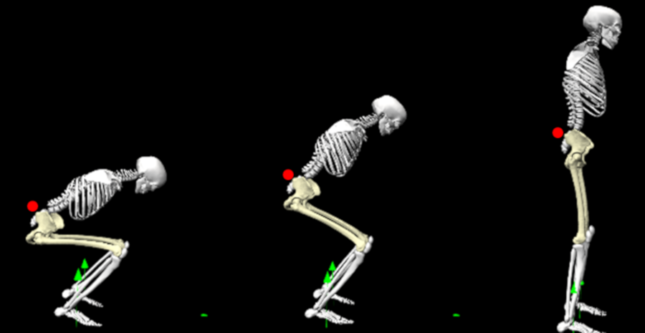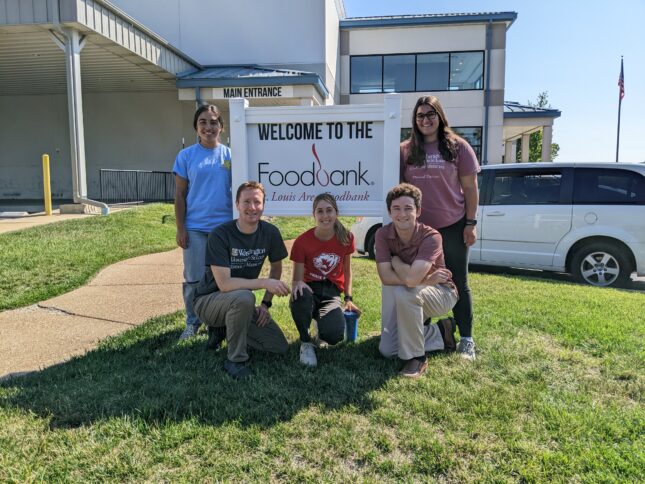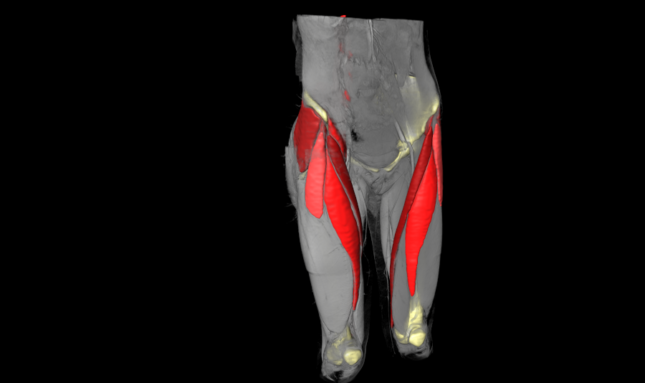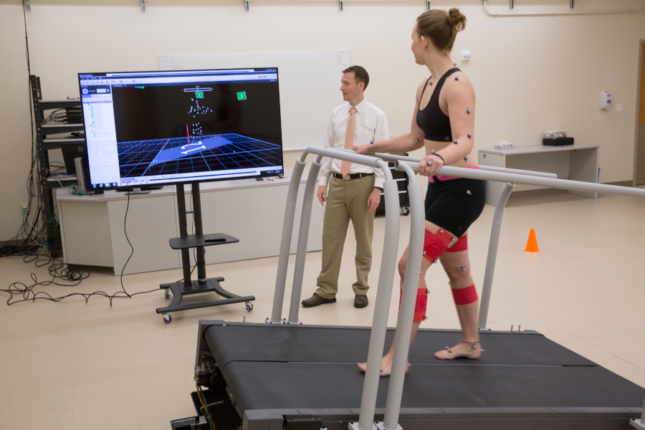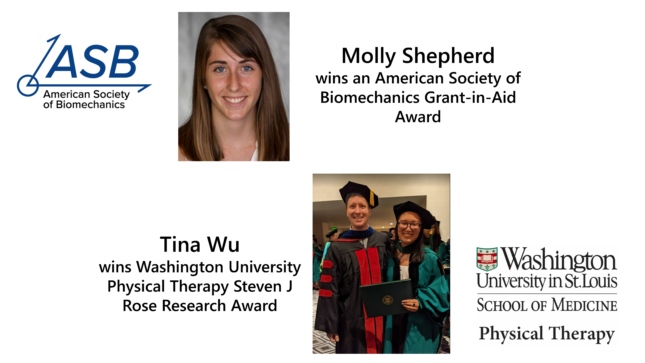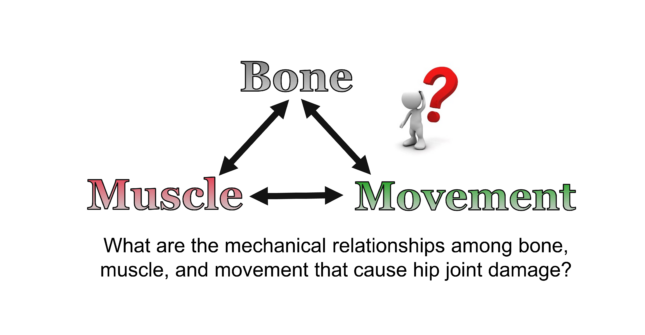Faculty Investigators
Michael D. Harris, PhD [Profile ![]() ]
]
Our work links outward manifestations of pathology (e.g. functional deficits) with internal abnormalities (e.g. bone deformity, muscle dysfunction). We study how alterations to joint shape, muscle function, and movement patterns can detrimentally affect joint loading and lead to damage and osteoarthritis. Our studies combine tools within the categories of in-vivo biomechanics, medical imaging (e.g. CT and MRI), and subject-specific musculoskeletal modeling. By applying these tools in interdisciplinary teams with our partners in orthopaedic surgery, engineering, radiology, and physical therapy, we can improve surgical interventions, inform targeted rehabilitation, and enhance quality of life for people dealing with hip pain and osteoarthritis.
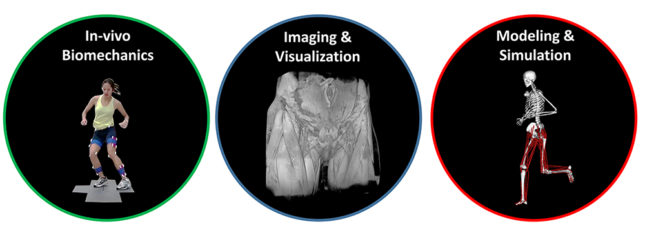
Lab Publications
https://www.ncbi.nlm.nih.gov/myncbi/michael.harris.3/bibliography/public/
Current Research Studies
Longitudinal Changes After Periacetabular Osteotomy for Hip Dysplasia
Funding Source: NIH, National Institute of Arthritis and Musculoskeletal Skin Diseases (R01AR081881)
Developmental Dysplasia of the hip dramatically increases the risk for early hip osteoarthritis in adolescents and young adults and it is usually treated surgically with a periacetabular osteotomy. For some patients, outcomes after surgery are very good. Other patients have lingering pain and dysfunction. We are investigating how periacetabular osteotomy changes hip biomechanics and how those changes are associated with patients’ activity levels and self-reports of function, pain, and quality of life during the first year after surgery. Determining the longitudinal effects of surgery on biomechanics and how they relate to patients own perceptions of their recovery will inform new strategies to increase the proportion of patients with DDH who experience better quality of life and delayed osteoarthritis.
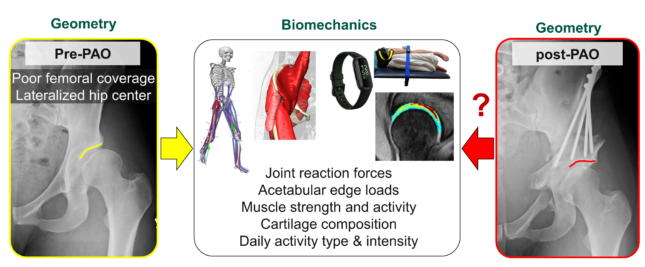
Statistical Shape Modeling of DDH
Funding Source: Washington University
The bony deformities of DDH are inherently three-dimensional and can vary considerably. We use statistical shape modeling to describe 3D variations among the femurs and acetabula in patients with DDH. These shape models help us more comprehensively understand how deformities develop, where shape variation is most common, and how this information can assist surgeons treating patients with challenging cases of dysplasia.
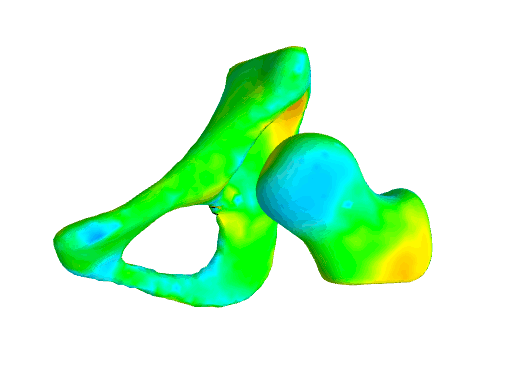
The Biomechanical Consequences of Femoral Version Deformity and Surgical Correction in Patients with Hip Dysplasia
Funding Source: American Society of Biomechanics Junior Faculty Research Award
Two major contributors to hip dysplasia biomechanics remain vastly understudied – muscle forces and the femur. This project investigates how femoral deformities, and subsequent surgical correction, influence muscle-driven forces in patients with hip dysplasia during common ambulatory activities. Study results will help inform more optimal treatment for individual patients through consideration of bone (acetabulum and femur) and muscle mechanics together.
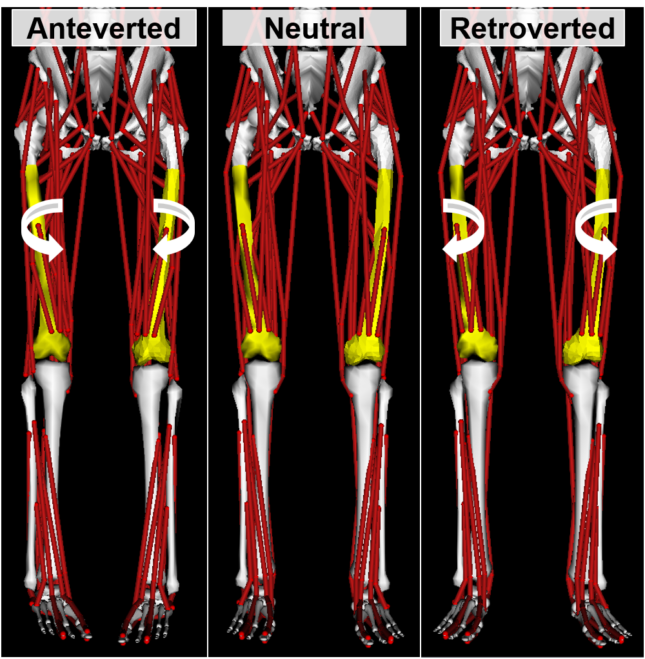
Current Members
We aim for our lab to be a stimulating environment where members conduct high-impact research, serve their community, and develop into top-quality scientists. Members of our lab have a variety of educational backgrounds, including biomedical engineering, mechanical engineering, computer science, exercise science, physical therapy, and kinesiology. We are often looking for undergraduates, graduate students, postdoctoral fellows, and research assistants.
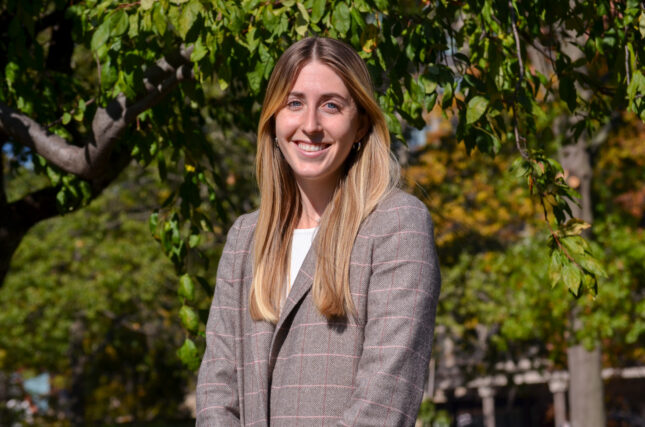
Molly Shepherd, BS
PhD Student, Movement Science
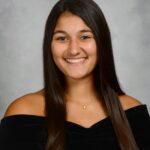
Christina Bourantas, BA
PhD Student, Movement Science
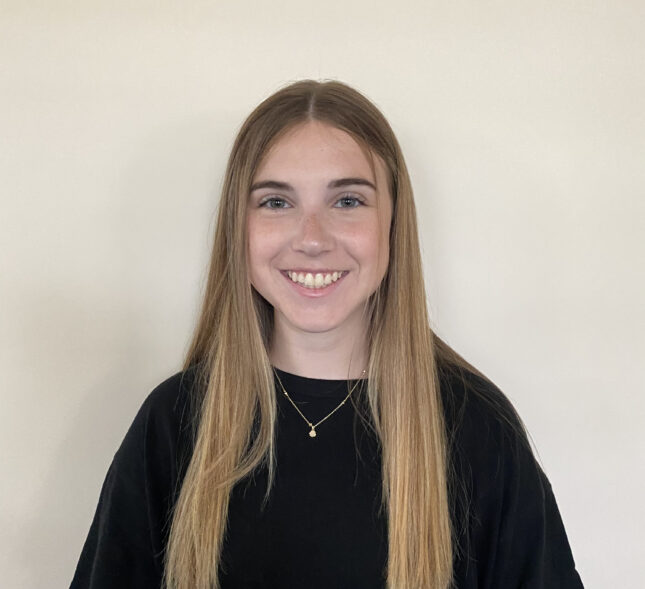
Madison Wissman, BS
PhD Student, Movement Science

Rannon Huo
Research Assistant, BS Student – Biomedical Engineering
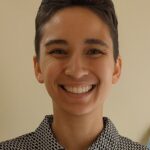
Stephanie Miller
DPT Research Assistant
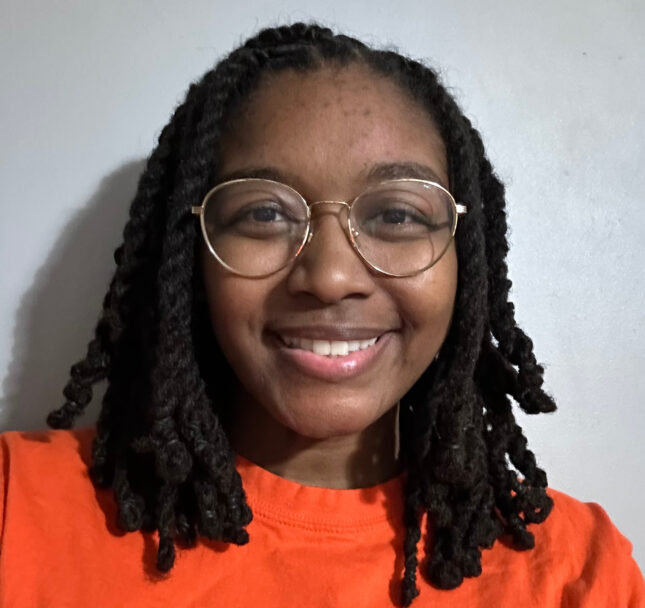
Ashlynne Allen, BS
Clinical Research Assistant II
Past Members
We wish people could stay in the lab forever. But for those that move on, they have found success in academic research, industry, and clinical careers. Examples of where lab members have gone next, include: Zimmer/Biomet, Steadman Philippon Research Institute, University of Colorado-Denver, University of Pennsylvania, Duke University, Rice University, and others.
Emma Behrman (Biomedical Engineering Student, Villanova University)
Spencer Williams, BS (Research Assistant, Biomedical Engineering Student)
Ke Song, PhD (PhD student, Mechanical Engineering)
Paige Burnett, BS (Research Assistant, BS Biomedical Engineering/Computer Science Student)
Simran Wadhwa, BS (Independent Study Student, Biomedical Engineering)
Brecca Gaffney, PhD (Postdoctoral Research Scholar)
Elizabeth Saliba, BS (Independent Study Student, Mechanical Engineering)
Lauren Westen, BA (DPT Student and Research Assistant)
Jacqueline Foody, BS (Research Assistant, BS Student-Mechanical Engineering)
Julia Blumkaitis, BS (Research Technician)
Carly Krull (BS Student-Biomedical Engineering)
Hannah Steele (DPT Student and Research Assistant)
